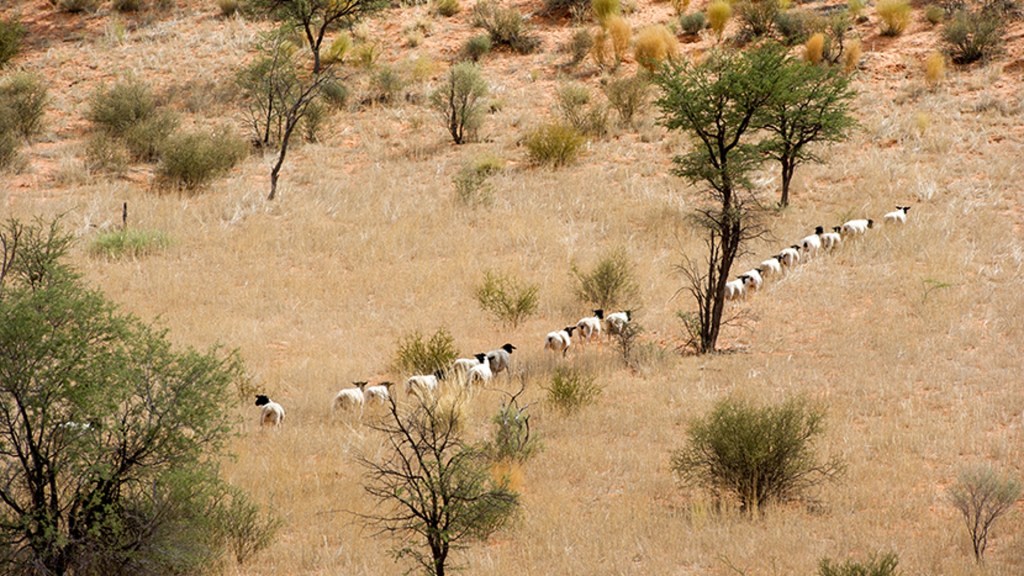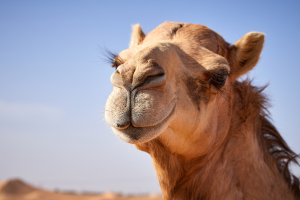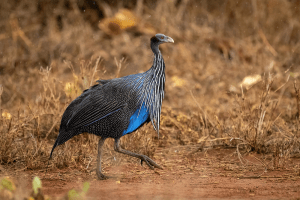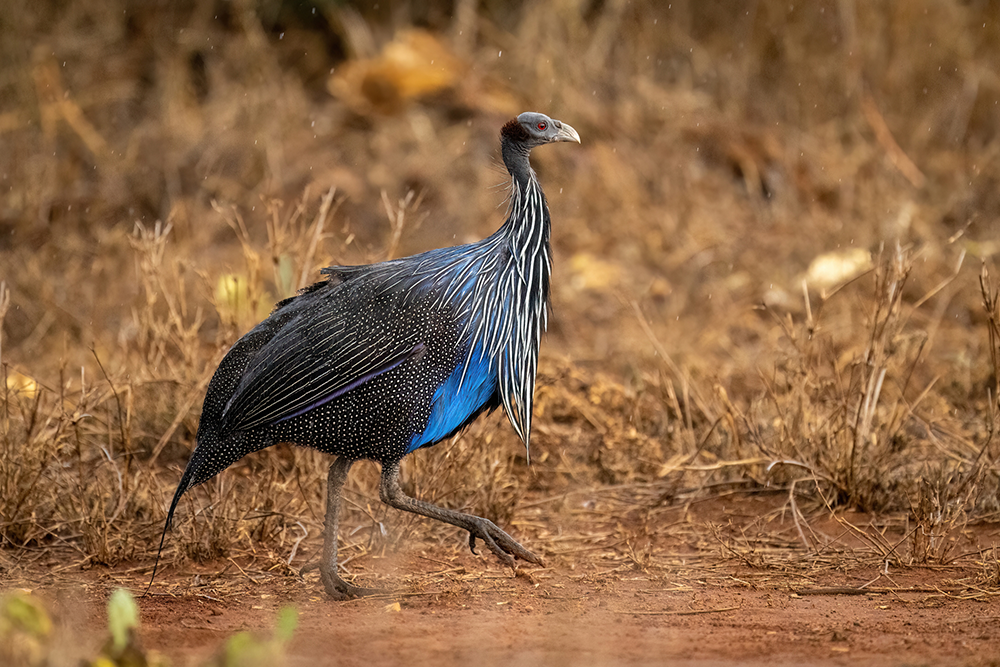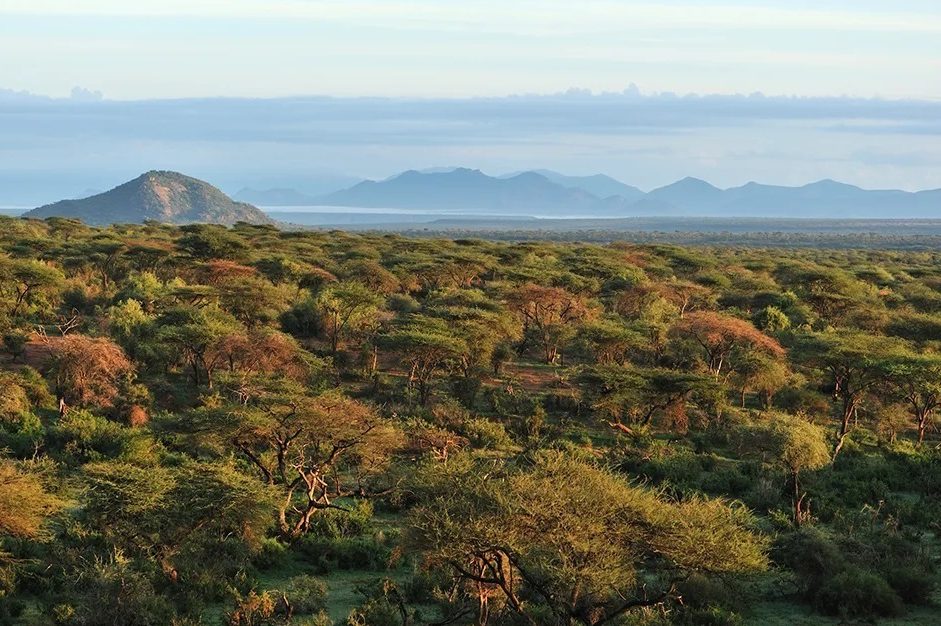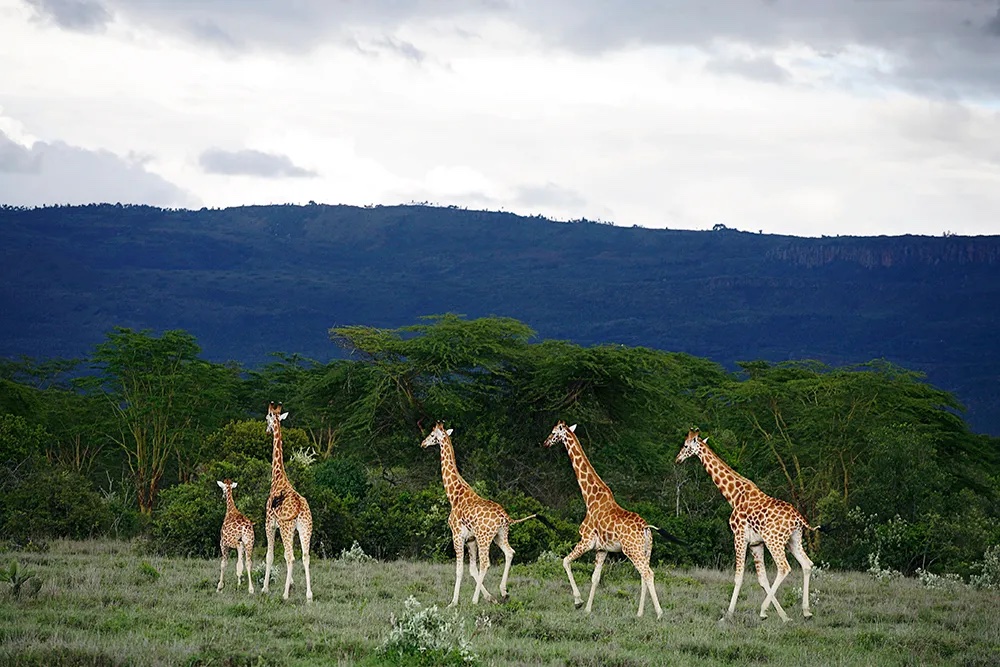In the past I had a low opinion of sheep. During my first forays into farming I saw them as creatures hell-bent on dying, with lung diseases, rotten feet or nasal maggots. Their legs snapped in antbear holes and hyenas tore them to pieces. To stem tides of ovine death, we dipped, injected, dewormed and castrated. Many hours evaporated searching for stray animals. I found them dreary, sold off my flock and concentrated on cattle. Up here, north of Mount Kenya, people name their sons after special bulls and men hold important conversations in among the cattle at evening, so that the talk can be inspired in bold and manly ways. Everybody loves cattle.
Two years ago I got back into sheep. I bought fat-tailed hoggets from the Samburu pastoralists and a Dorper ram, whose sire had been flown up in a crate from the Karoo desert. In his youth, the ram, Horatio, would tail me into the kitchen and stand under the dining table along with the dogs and cats, begging for scraps. He’d stand next to the bed, or in the living room as we watched TV, breathing snottily, his gaze drilling into you until you gave him a pat and scratched his ears.
The company of animals is such a consolation for us that, along with dogs and cats, we have acquired a menagerie of creatures wandering in and out of the house. A Jersey bull named Halcyon used to browse the office library, nibbling paperbacks, until the evening he was eaten by a lion at the bottom of the garden. A geriatric cockerel named Brother, a one-eyed goose, a broken-legged calf named Long John, a lizard named Mr Skink and various others have lived with us. During lambing in the rains, if it’s cold, we have foundlings swaddled in old rags and sleeping below the sputtering blue flames of the fireplace or at the foot of our bed, with regular feeding from our children’s old milk bottles. Some neighbors have exotic creatures wandering around, such as orphaned giraffes, cheetah, kudu — and there was once a zebra that bit visitors nastily when they emerged from their cars. But I’m not sure our mainly domestic animals are pets, more that there’s a gentle spectrum of duties and expectations that extends from the fireside to the fields. At one end of the spectrum, the cats are there to eat rodents, but we are unlikely to eat them — unless things get really bad. On the other hand, we survived off bits of Halcyon salvaged from the lion for weeks. Our chickens are free-range, but life is short. And while Horatio could do no wrong as a young buck, he grew increasingly aggressive. These days he chases me around, reminding me of the fiesta when I ran the bulls in Pamplona — and my thoughts are turning to mint sauce.
As I write this, in my mid-fifties, I am watching Horatio the Dorper ram with his harem of ewes, grazing on the lawn. Guinea fowl are pecking around a few feet away and at the bottom of the garden a few monkeys are lolling about in the sun. The world beyond our farm fences may have gone mad, but here is tranquility. In middle age I’ve come to appreciate how superb sheep are. A long time ago, Lord Delamere saw that our farming plateau of Laikipia was as good as Australia for sheep. During the 1950s commodity boom, one farmer up here made so much money he said shearing season was like winning the football pools every week. Whenever this man saw a flock of sheep, he took off his hat in a gesture of respect and thanks. These days, people want good meat, but nobody seems to want a fleece, and our Dorpers are bred to have little or no wool. They are a composite of the curly headed Dorset Horn from Britain and the fat-tailed ‘Blackhead Persian’ (‘Dor’ for Dorset, ‘Per’ for Persian) — but they look like the type of sheep you’d see in your school Bible, or on the walls of an ancient Egyptian tomb, a very African sheep. Dorpers barely drink, they browse on thorns when the grazing has turned to dust and they look finest in the midst of a severe drought. Others may wish to invest in Tesla or medicinal cannabis, or London property — but as we emerge from the pandemic, I’m going long on Dorper sheep.
This article was originally published in The Spectator’s June 2021 World edition.



